
Men with higher levels of testosterone—the hormone often associated with risk-taking behavior and heightened sex drive in men—tend to love spicy food, according to a French study published in the journal Physiology and Behavior.
In the study, titled “Some Like it Hot” and conducted by researchers from the University of Grenoble-Alpes in France, 114 men ages 18 to 44 sat down to a meal of mashed potatoes with spicy pepper sauce and salt. Researchers saw a clear correlation between higher hot sauce usage and higher levels of testosterone levels found in the saliva of the men. In other words, men with greater testosterone levels tended to douse their food with more hot sauce.
How much capsaicin—the chili pepper compound that makes them spicy—a man likes has been linked to social dominance, aggression and “daring behaviors,” the study authors write. “Conversely, low testosterone levels have been associated with lethargy or depressive mood.”
Though the hot sauce correlation was clear, the mechanism behind it is still unknown. “A wide range of factors, including genetic, physiological, psychological and social forces, influence the liking and consumption of capsaicin-containing food,” the study authors write.
Photos: An Inside Look at a Sriracha Factory
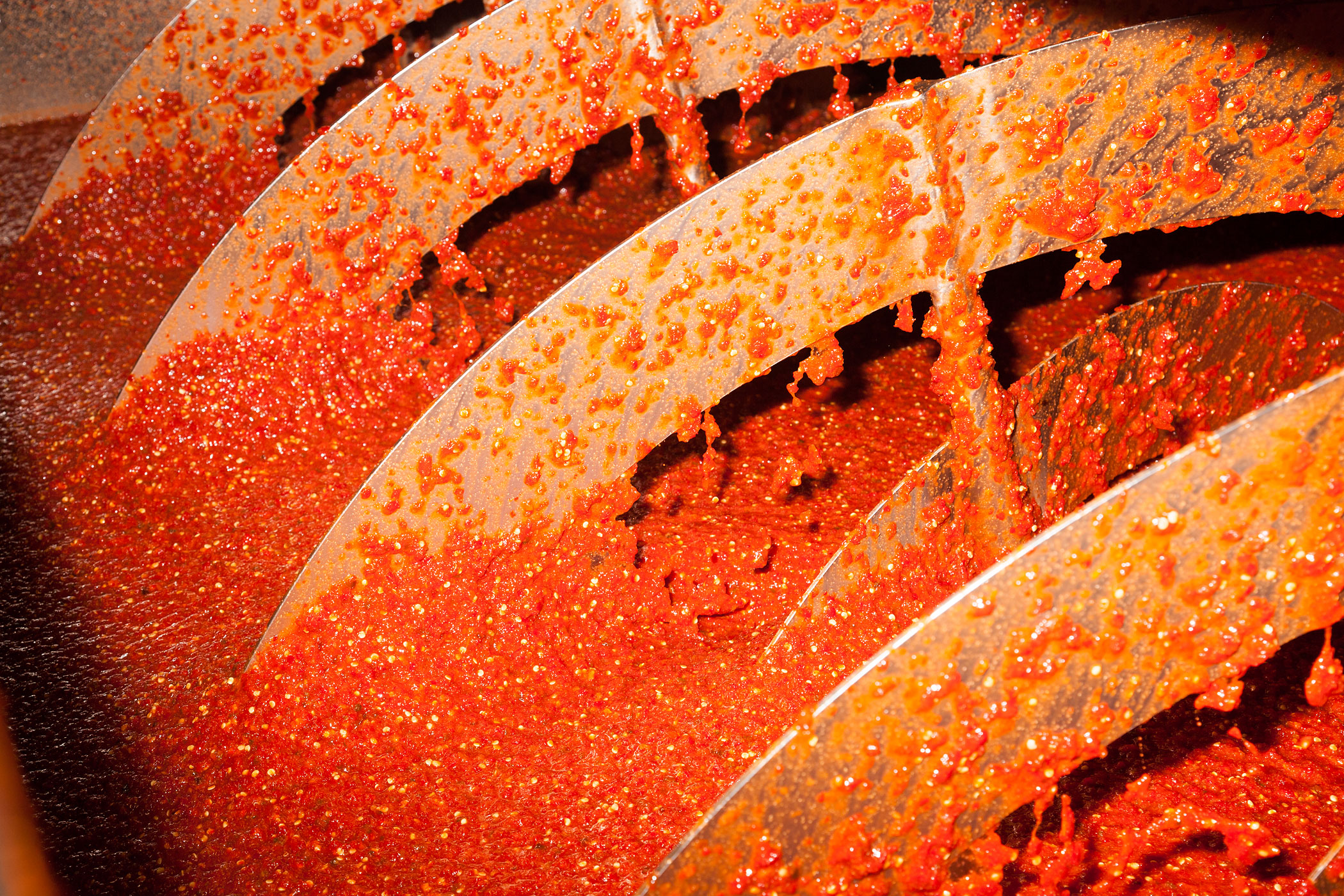
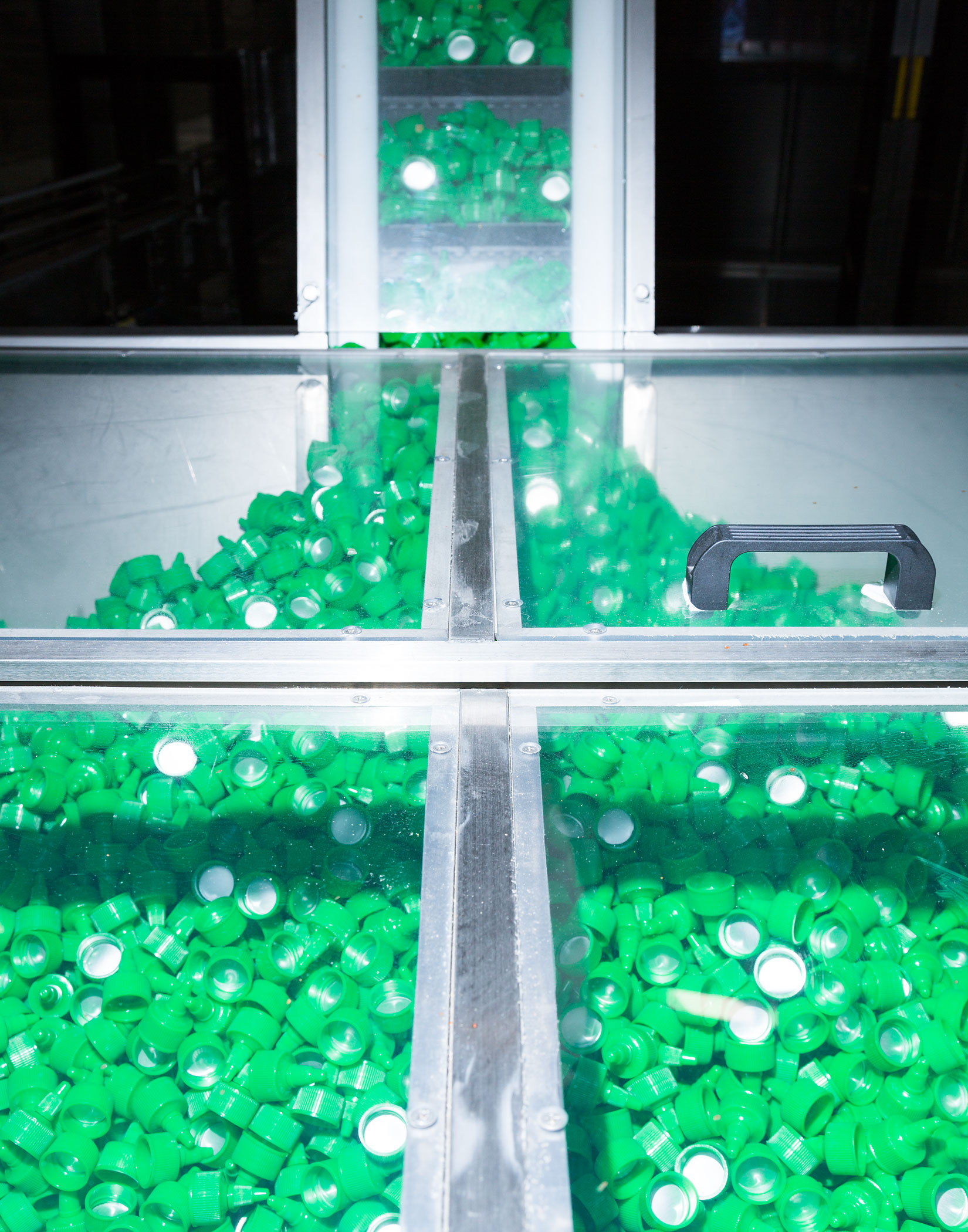

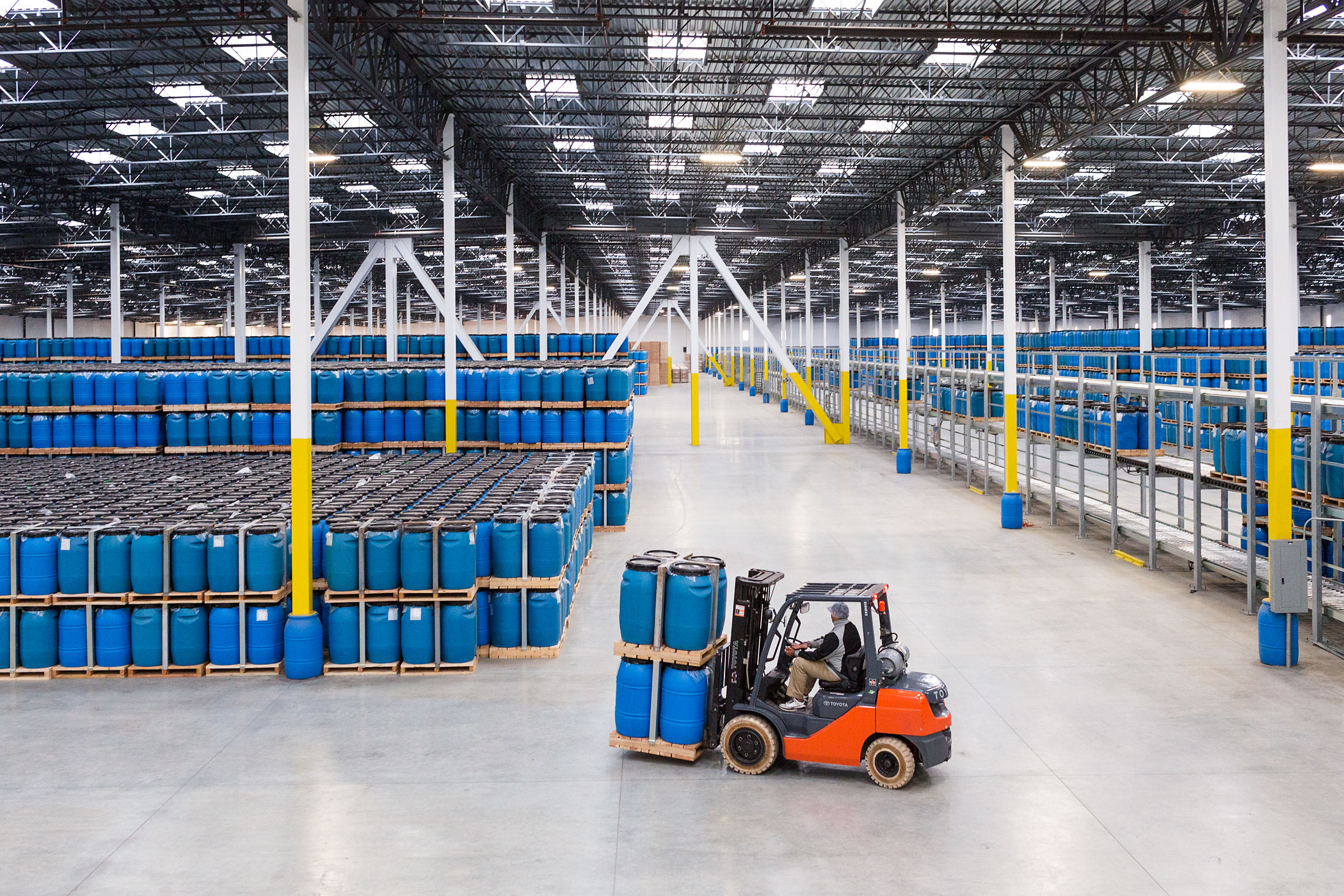


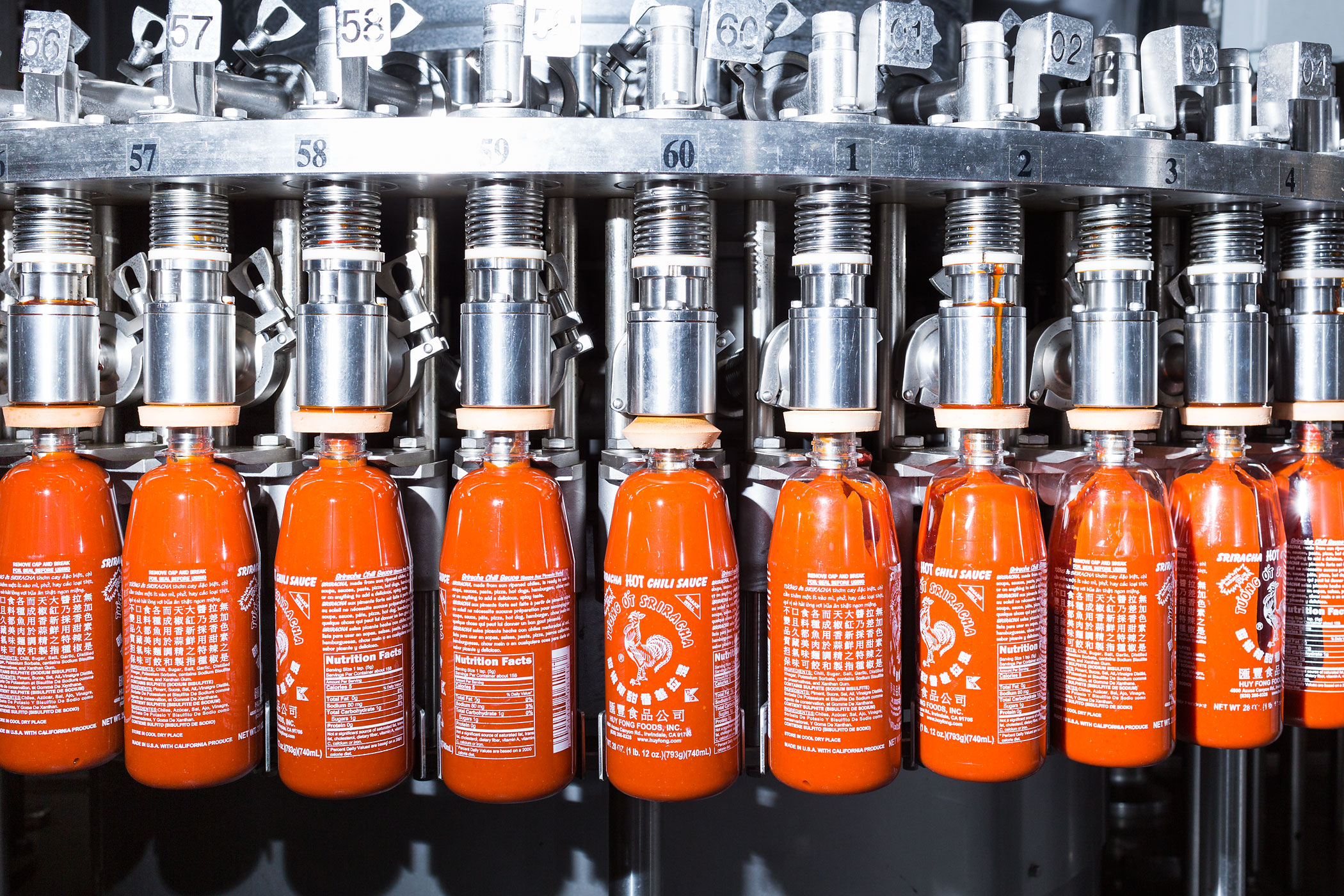
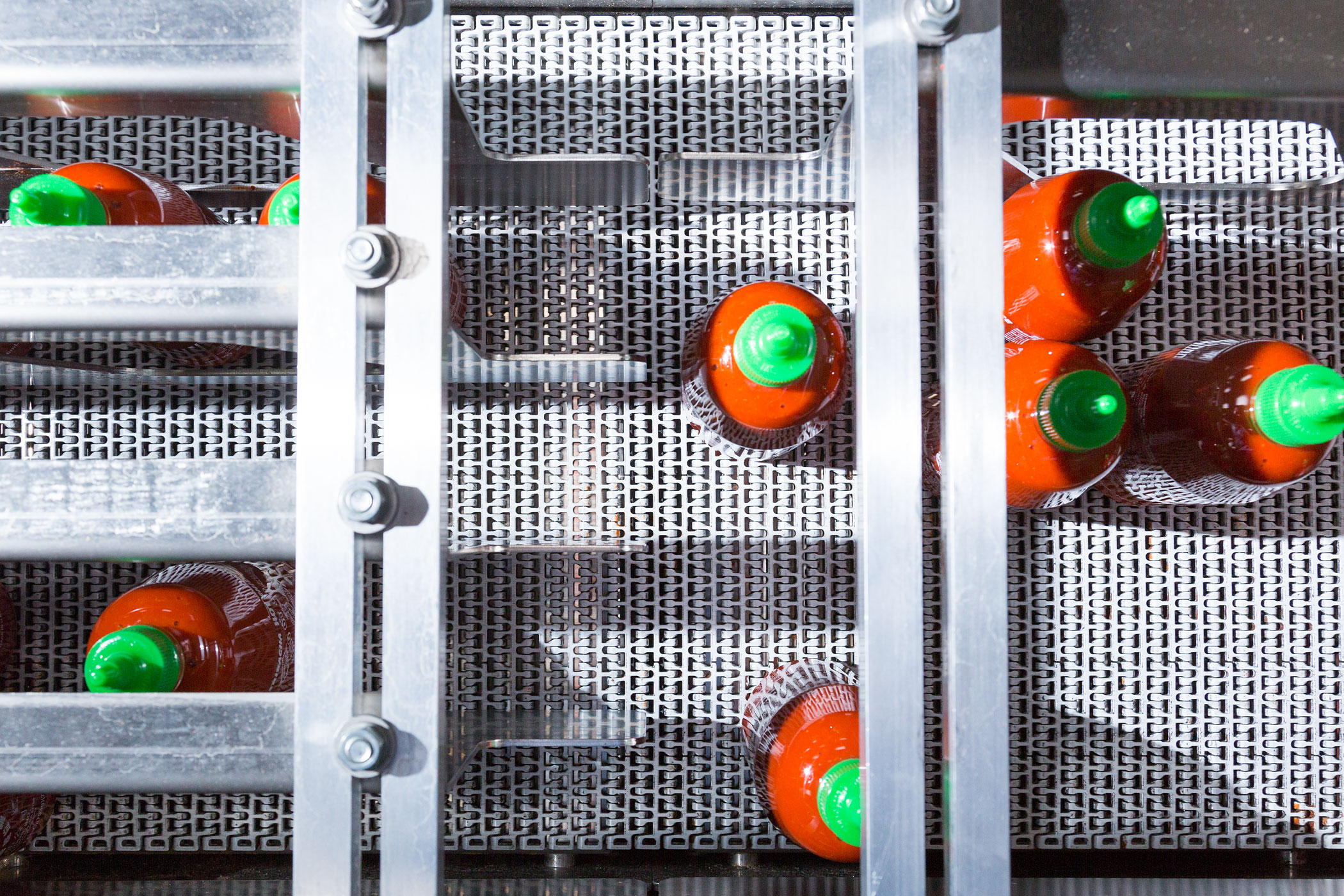
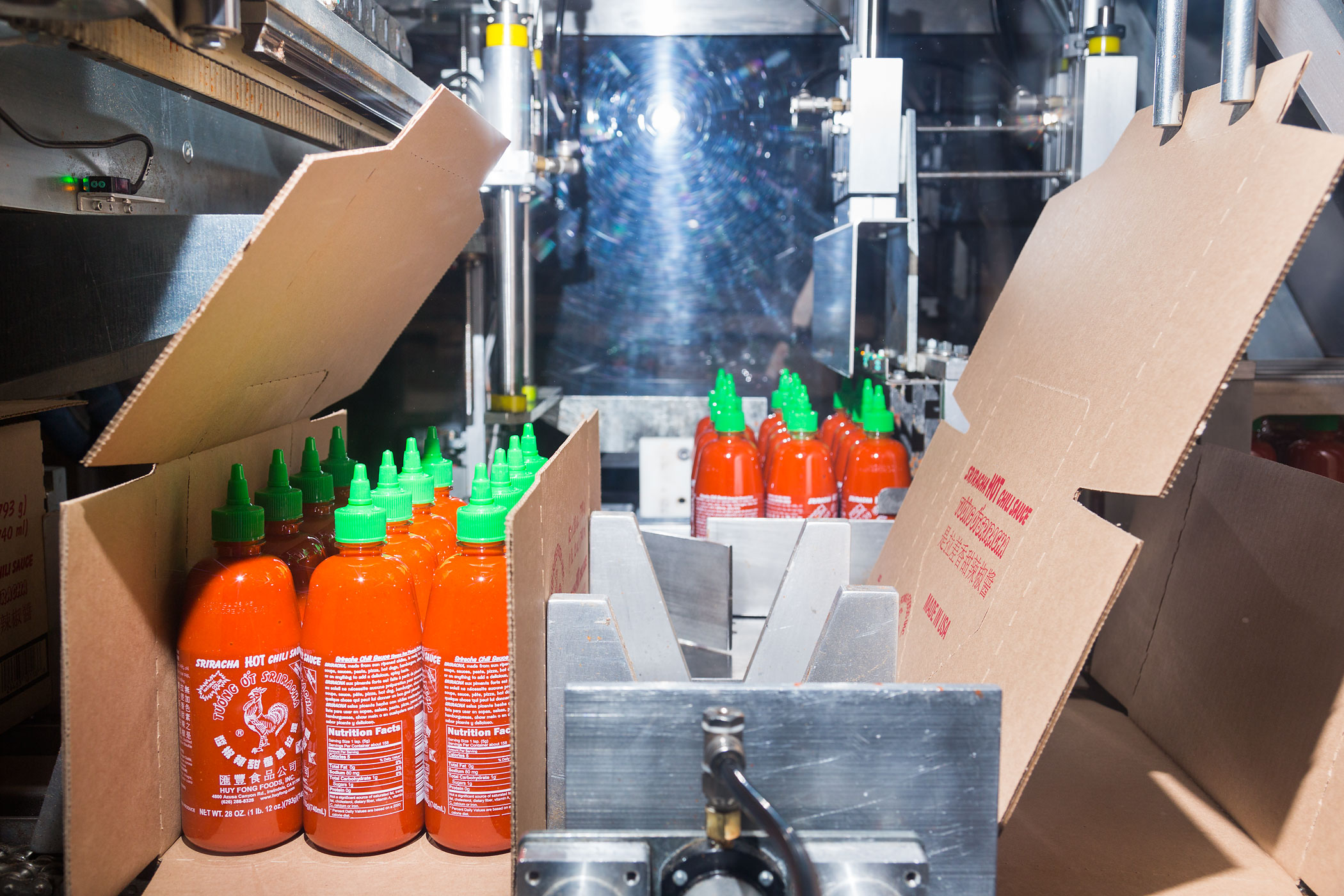
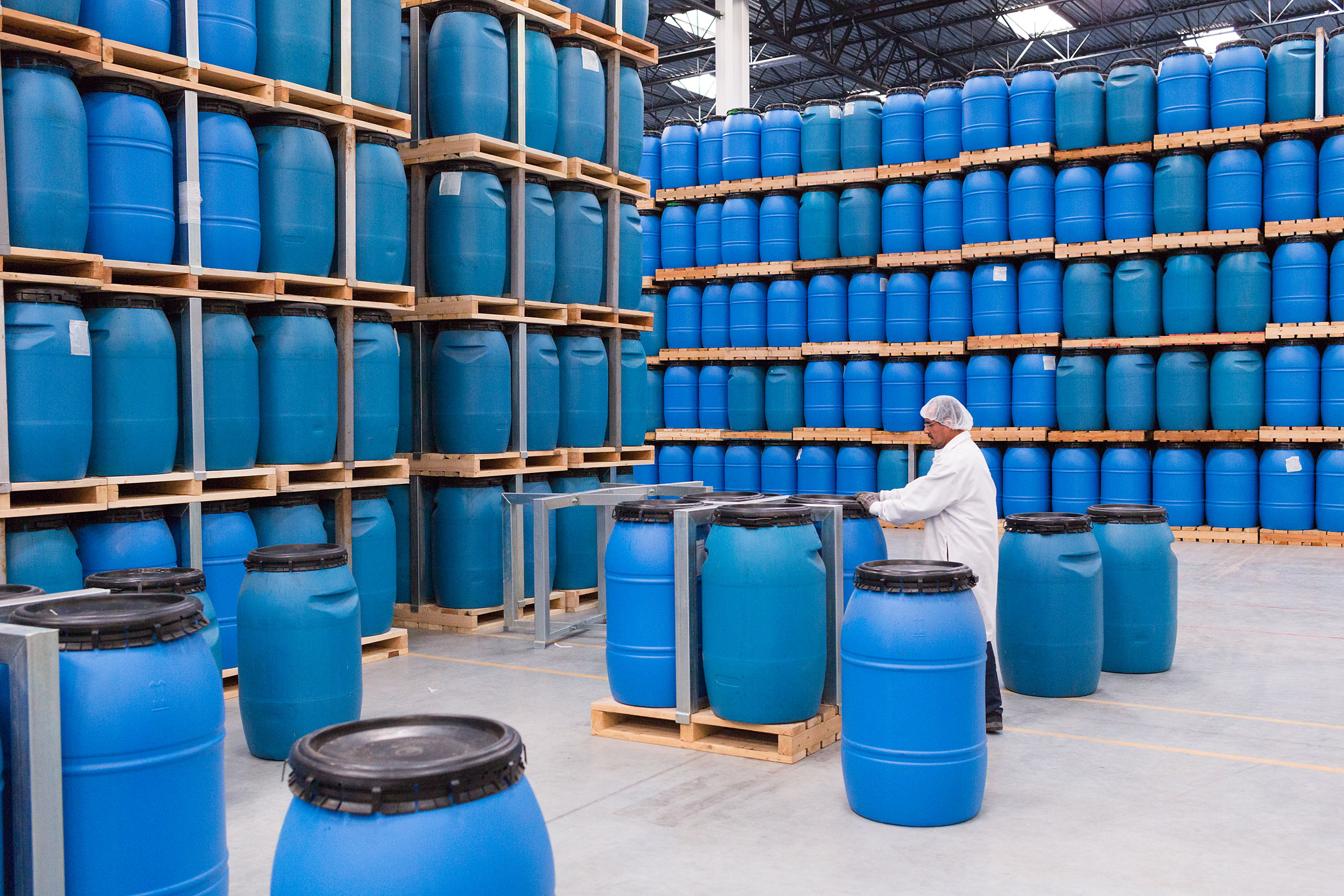
Read next: 3 Reasons You Should Eat More Spicy Food
More Must-Reads From TIME
- The 100 Most Influential People of 2024
- Coco Gauff Is Playing for Herself Now
- Scenes From Pro-Palestinian Encampments Across U.S. Universities
- 6 Compliments That Land Every Time
- If You're Dating Right Now , You're Brave: Column
- The AI That Could Heal a Divided Internet
- Fallout Is a Brilliant Model for the Future of Video Game Adaptations
- Want Weekly Recs on What to Watch, Read, and More? Sign Up for Worth Your Time
Contact us at letters@time.com